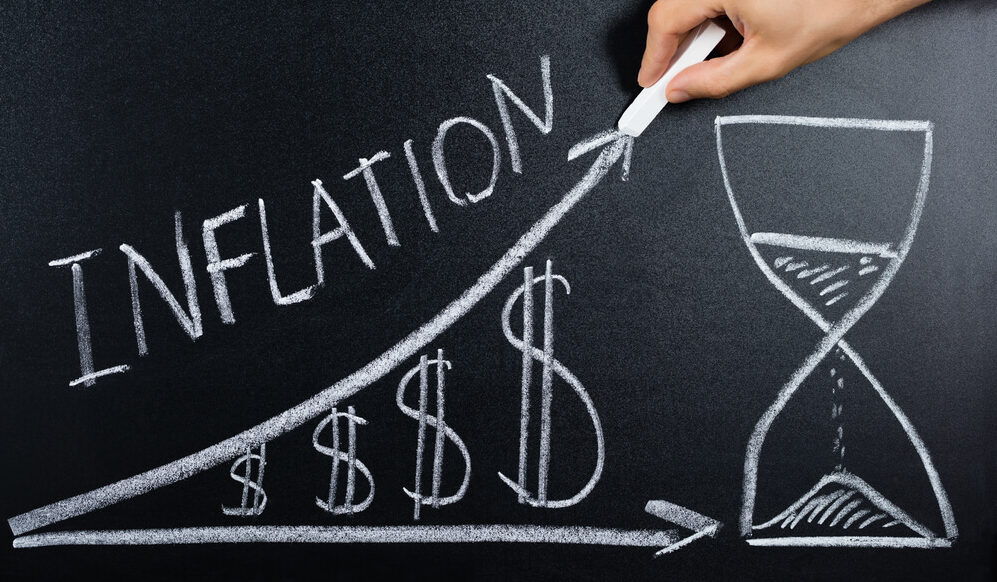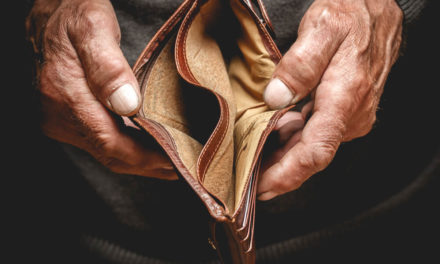BALTIMORE, MARYLAND — The subject is inflation. How does it work? Why bother to think about it?
Don’t we have anything better to do?
(Next month, we’ll study the animal even more closely. We’re returning to Argentina, where consumer prices are rising at a 54% annual rate.)
Three Phases of Inflation
America’s Inflationary Era got underway on Aug. 15, 1971, when the U.S. introduced a new currency, not backed by gold or anything else. This was the First Phase, from ’71 to ’81, when inflation went into consumer prices. Consumers didn’t like it.
Then, Paul Volcker “beat” inflation by putting the prime rate up to 20% and bringing on a recession. But inflation didn’t die. It simply moved to asset markets, where it was warmly greeted and continues to be more than welcome. This was the Second Phase.
The Third Phase began on Sept. 17, 2019, when the Federal Reserve began printing money to cover U.S. deficits, with no pretense of an emergency.
Dear Readers might find this whole discussion a little peculiar. We are nearly 50 years into an Inflationary Era, but where’s the inflation? Consumer prices are still rising at only about 2% per year. At least, that’s what the feds say.
Economist John Williams, author of the Shadowstats website, calculates inflation using the same formula that the feds used in 1971 — that is, back when the U.S. still had real money. He shows that today’s inflation rate is 10% — 5 times the official rate.
In the stock market, inflation is more obvious. The S&P 500 rose 29% last year. Some of that can be traced to higher after-tax profits (before-tax profits went nowhere). But the largest part — 99% — was what they call on Wall Street “multiple expansion.” That is, price inflation.
But perhaps inflation needs some ‘splaining…
Always a Rip-Off
Adding fake new money is bound to shortchange someone, usually the person who has the old money. Retirees, for example, typically live on money they earned decades before. When consumer prices rise, they lose purchasing power.
But inflation works its mischief in wily and elusive ways.
As we’ve seen, over the last half a century, most of the new money has gone into asset prices. That’s why the rich — who own the assets — have gotten so much richer. Retirees, too, if they were lucky enough to put their money in the stock market, have no reason to complain.
But the bottom half of the population — with no financial assets — is 30% poorer than it was 20 years ago. And the typical male wage earner, who has only his time to sell, brings home less real money than he did 45 years ago.
Inflation must rip off someone. Otherwise, why bother to inflate at all? Government controls the money. And the government produces no wealth. All it does is “redistribute” wealth. Inflation is just another way of doing it.
Just the Beginning
We explained last week how, in the U.S., the original idea was to rip off the French and other foreigners who held dollars. Foreigners had been promised an ounce of gold for every 35 U.S. greenbacks. Today, they’ll need to show up with $1,567 to get the exact same ounce of gold. That’s a rip-off of 97.7% of their money.
But that was just the beginning. Until 1970, the U.S. had run a trade surplus in every single year since the late 1800s. Then, with the new, fake dollar, Americans could rip off the foreigners again – paying for goods and services with green pieces of paper and never having to settle up in gold. After 1975, they never ran a trade surplus again.
The new, fake dollars also proved useful for ripping off ordinary Americans. Printing new dollars gave the feds a way to take resources from average Americans without having to raise taxes (and risk a shellacking in the next election) to pay for it.
And today, the feds routinely spend a trillion dollars per year more than they dare to raise in taxes. The money must come from somewhere.
Can’t Vote, Can’t Complain
Until recently, they borrowed it. This was just a way of ripping off future generations. The unborn don’t vote and don’t complain. But then, on Sept. 17, 2019, the future rebelled. U.S. savers – as channeled by the “primary dealer” banks – weren’t willing or able to pony up the vast amounts needed to refinance US debt.
So, now the Fed “prints.” And who gets ripped off? And how?
Ms. Stephanie Kelton, Bernie Sanders’ economist, doesn’t worry about it. It’s the ripper-off she’s concerned about. She wants to be sure the government has enough money to fill what she sees as “deficits” in our society.
And guess what? The feds will be fine. They control the dollar. They can print all they want to pay their expenses. They can never go broke.
But they can run out of real money. As we saw in our brief Hyperinflation Hellhole Tour in these pages, Rudolf von Havenstein ran out of money to pay the German government’s expenses in 1920. Gideon Gono ran out of money to pay the Zimbabwe army in 2005. In Venezuela, Hugo Chavez began running out of money in 2001.
Faced with defeat at the polls, revolution, riots, coups d’état, what else could they do? They printed up pieces of paper… called it “money”… and passed it out all over town.
How did that work out for them?
More to come…
Regards,
Bill
• This article was originally published by Bonner & Partners. You can learn more about Bill and Bill Bonner’s Diary right here.




